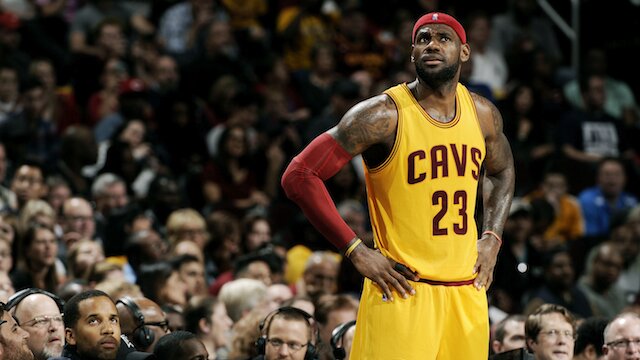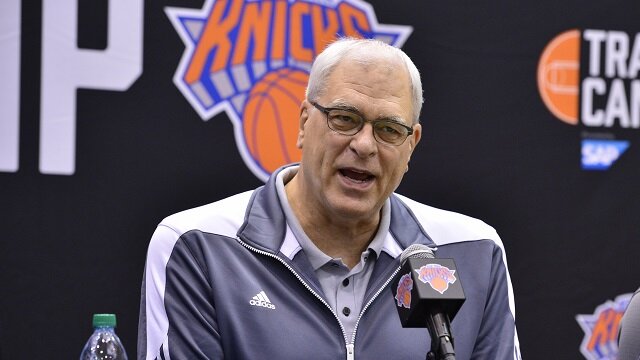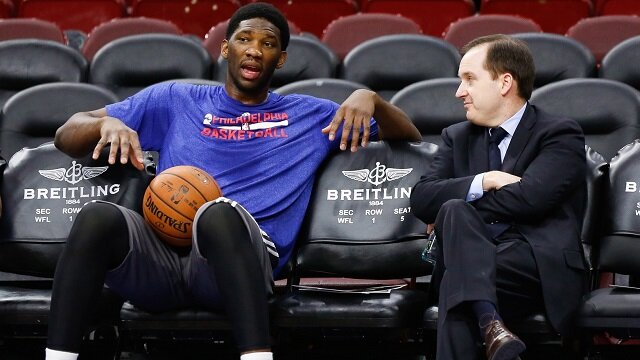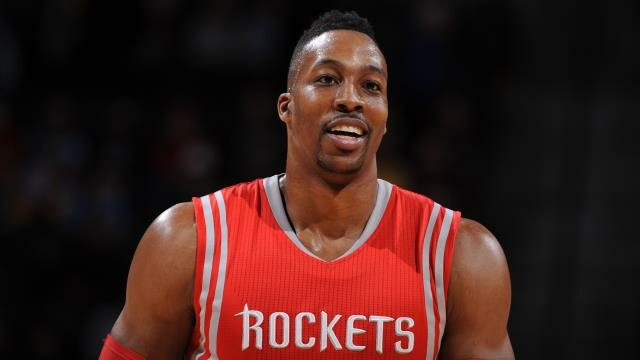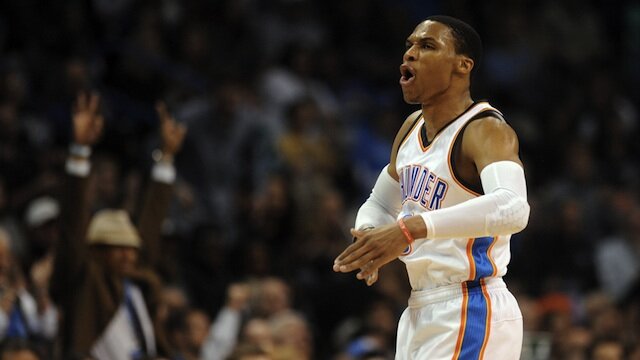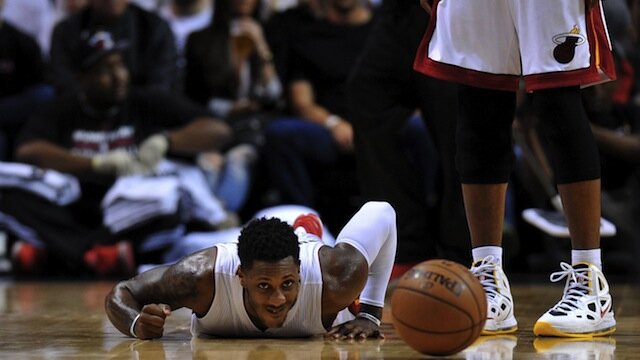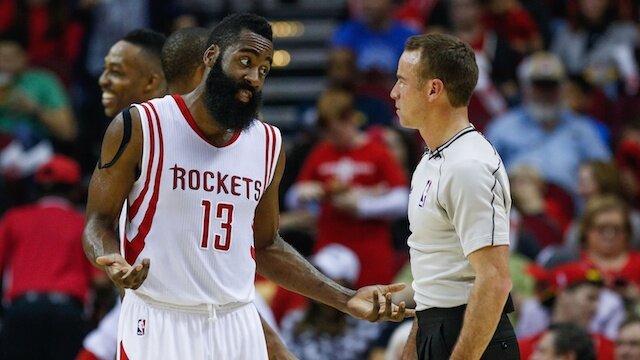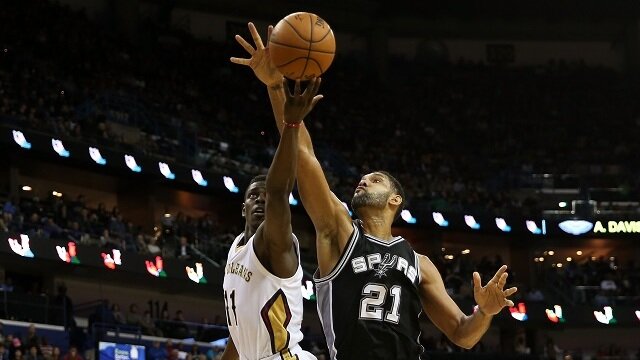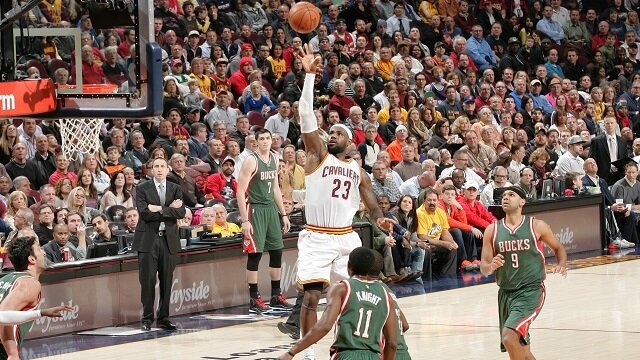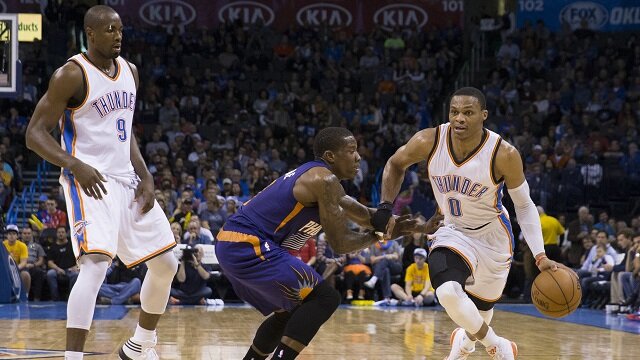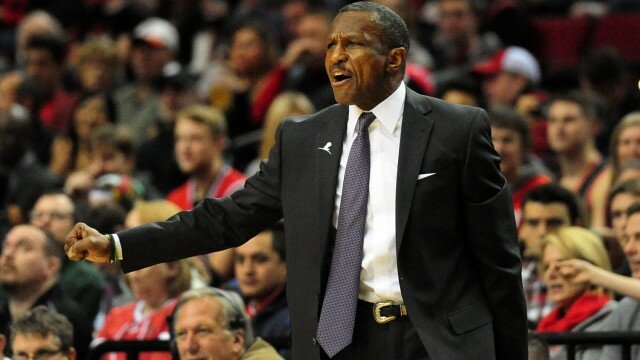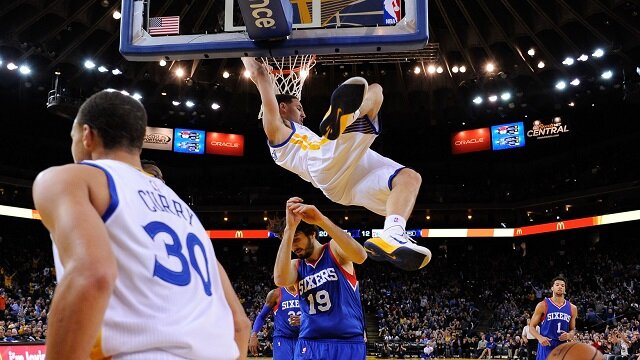How Different Would The NBA Look If Chris Paul Was A Laker?
In chaos theory, the butterfly effect is a metaphor that encapsulates the concept of sensitive dependence on initial conditions, whereby a seemingly insignificant change in a nonlinear system can result in major differences in subsequent states.
That is basically smart speak for what happens now, however trivial it may appear, could have a major effect on things yet to come. This is exactly what happened in 2011, when one event, albeit historically unprecedented, would change the face of the NBA for years to come.
It was December of 2011. The NBA was about to open for business following a five month lockout, when commissioner David Stern sent shockwaves through the sports world by nixing a proposed trade that would have sent Chris Paul to the Los Angeles Lakers. While a shocking development, at the time nobody truly comprehended the lasting effect that single decision would have on the future of the league.
Let’s take a look back at that point in time and explore an alternate reality, one in which Paul actually joins the Lakers. What would be different? How would the current landscape of the NBA look?
The Proposed Trade
Lakers get: Chris Paul
Houston Rockets get: Pau Gasol
New Orleans Hornets (Pelicans) get: Goran Dragic, Luis Scola, Kevin Martin, Lamar Odom, 2012 unprotected first-round pick
The Los Angeles Lakers
With Paul joining the Lakers, it would have marked the formation of an absolutely lethal backcourt combination. Paul, an offensively explosive, defensively competent, and pass-first point guard joining forces with one of the best shooting guards in NBA history, Kobe Bryant, would have made for a must-watch gameday experience. Combined with a frontcourt that consisted of Ron Artest, a still-relevant Andrew Bynum, and potentially a second-tier free agent (e.g. Thaddeus Young, Carl Landry), and the Lakers would have been the clear favorites to represent the Western Conference in the NBA Finals that year.
In this reality, the Lakers roll through the regular season, and the playoffs, and match up with the Miami Heat in the NBA Finals, spoiling at least one of their two championships that followed. The Steve Nash trade never happens, and neither does the Dwight Howard kerfuffle. Josh McRoberts remains on the Lakers and develops into a key role player for them. And Bynum never gets traded away and extends his career for another few seasons, as an important part of this team.
The Houston Rockets
With Pau Gasol on the roster, the Rockets don’t feel as much pressure to pursue the James Harden trade. No Harden means no Howard. Their core of Kyle Lowry, Kevin Martin, Chandler Parsons and Gasol is good enough to get them into the playoffs, giving them hope for the future. Instead of clearing the cap space for Howard, they focus on free agency and suring up their backcourt. Lowry still leaves because of his dissatisfaction with Kevin McHale as their coach. They turn their attention instead to landing the prize free agent of 2012, Deron Williams, and Williams thrives in Houston, solidifying his place as a top-tier point guard in the NBA. The Rockets round out their roster with solid, but unspectacular talent through free agency, probably bringing in someone like Kris Humphries or Brandon Bass to replace Luis Scola’s production. Their draft picks don’t change significantly. Jeremy Lamb and Terrence Jones are still drafted, and Lamb probably gets more of an opportunity to polish his talent much more quickly.
The Rockets probably aren’t the team they are today in this scenario, but they are still a solid, mid-tier playoff team.
The New Orleans Hornets/Pelicans
In retrospect, maybe Stern knew what he was doing after all. A lineup of Goran Dragic, Marco Belinelli, Trevor Ariza, Scola and Chris Kaman isn’t great, but it’s probably good enough to prevent them from landing the overall No. 1 pick the following year. That means no Anthony Davis with the Pelicans. Davis ends up with the Washington Wizards, Cleveland Cavaliers or Sacramento Kings.
If they were lucky, they could have ended up with Damian Lillard, but the more likely scenario leaves them with Michael Kidd-Gilchrist, Dion Waiters, or Thomas Robinson. They would also have drafted at 16, in addition to their lottery pick, due to the inclusion of the New York Knicks‘ pick acquired by Houston and was included in the trade. That means they probably also pick up someone like Tyler Zeller or Jared Sullinger, another nice, but unspectacular piece.
The Pelicans get hurled into the murky waters of mediocrity that are nearly inescapable in the NBA. With Dragic in tow, the Pelicans probably don’t pursue the Jrue Holiday trade, and may end up keeping Nerlens Noel, assuming that is who they ended up drafting. This could be viewed as a piece for the future, but this Pelicans team is nowhere near as close to becoming competitive in this reality.
The Los Angeles Clippers
The Los Angeles Clippers of course lose out on Paul, which on its surface would appear to be a huge loss. But, they did have Eric Bledsoe on the roster, and probably would have chosen to go all in with him at the helm. They wouldn’t have J.J. Reddick on their roster, and probably would have needed to seek out help on the wings, and may have signed somebody like Arron Afflalo or Jeff Green.
They would have held the 10th overall pick in that year’s draft, from the pick they received as part of a trade with the Minnesota Timberwolves back in 2005. Austin Rivers would have still been on the board and probably made sense for them to draft given their need for wing talent.
The Clippers most likely turn into a competitive team, but not the legitimate title contenders they are today. A roster of Bledsoe, Afflalo, Matt Barnes, Blake Griffin and DeAndre Jordan is still decent. Plus, without all their money tied up in Paul, they could have gone after more wing help a few years later, perhaps targeting someone like Andre Iguodala or Tyreke Evans through free agency to bolster their bench. This is probably a team competing for a seventh or eighth seed this season, rather than for a championship.
The Oklahoma City Thunder/The Phoenix Suns
Since the Rockets wouldn’t have pursued a trade for Harden, somebody else probably would have, since the Oklahoma City Thunder showed little interest in trying to keep him long term. The Phoenix Suns may have made some sense at the time, and Harden would have felt comfortable there since he went to Arizona State University, and his mother lived in the valley.
Without Dragic or Bledsoe on their team, the Suns would have looked to make a splash. They would have likely had to give up a combination of Marcin Gortat, Jared Dudley and Markieff Morris to make a deal work, but it certainly would have been worth it to get a player like Harden locked down.
The Thunder would gain some additional depth in their frontcourt and a solid veteran swing player in Dudley, keeping them at the top of the West. The Suns get a true franchise player to build around, and with a large amount of cap space available to them after the 2012-2013 season, they may have been able to make a play for Howard as well. The Howard and Harden show may have still formed, only this time in the desert.
Conclusion
You see how one event can alter the course of history, and change the fates of numerous franchises? It is almost unfathomable to imagine this scenario playing out, but with one questionable ruling back in 2011, Stern set into motion an unalterable course of events that shaped the landscape we are so familiar with today. For some fans, it would have been a welcome alternate reality. Suns and Lakers fans would certainly have a different outlook than they do today. But, to the Clippers and Rockets fans, it would be another story altogether.
One decision, one course-altering event, with innumerable trickle-down effects. Who knows? Maybe gas would be below $1.00 as well. You never know.
Court Zierk is a Columnist for www.RantSports.com. Follow him on Twitter @CourtZierk, “Like” him on Facebook or add him on Google.
10 Players Who Should Enter the Dunk Contest
LeBron James has never been in a dunk contest. He could save what has been a boring skills event. Read More
5 Early-Season Trade Targets For the Knicks
The New York Knicks are mess right now, and it should surprise no one to see them pursue the following players. Read More
76ers' New Year's Resolution Is To Find Identity
The beginning of a new year makes people reflect on what they can do to better themselves. For the 76ers, it would be to finally establish their identity. Read More
Heat Rumors: 5 Big Man Free Agents Worth a Look
The Miami Heat frontcourt needs stablization with Josh McRoberts out and Chris Andersen in a slump. Here are five NBA free agents Pat Riley and the Heat should look at. Read More
Russell Westbrook Should Start At All-Star Game
The Oklahoma City Thunder haven't had the best season, but Russell Westbrook has played sensationally and absolutely deserves a starting spot in the NBA All-Star Game. Read More
Heat Might Be Better Off Missing Playoffs
The Miami Heat have had a pretty tumultuous season, and the organization might be better off missing the playoffs entirely this season. Read More
James Harden Should Be An All-Star Starter
James Harden is becoming a top-five player in the NBA, and he needs to be starting in this year's All-Star Game. Read More
Pelicans vs. Spurs: Game Preview, Prediction
Previewing and predicting Wednesday night's game between the New Orleans Pelicans and San Antonio Spurs. Read More
Bucks vs. Cavaliers: Game Preview, Prediction
Previewing and predicting Wednesday night's game between the Milwaukee Bucks and Cleveland Cavaliers. Read More
Suns vs. Thunder: Game Preview, Prediction
In today’s Western Conference, a game on New Year’s Eve looms large over the playoff picture. Read More
Raptors Show Their True Colors Late In Loss
The Toronto Raptors must go back to the drawing board and figure out how to close out games without DeMar DeRozan. Read More
Philadelphia 76ers Make Tanking Appear Obvious
After winning two of the last three games, the Philadelphia 76ers rested a pair of starters in a loss to the Golden State Warriors and that has to raise more questions about tanking. Read More
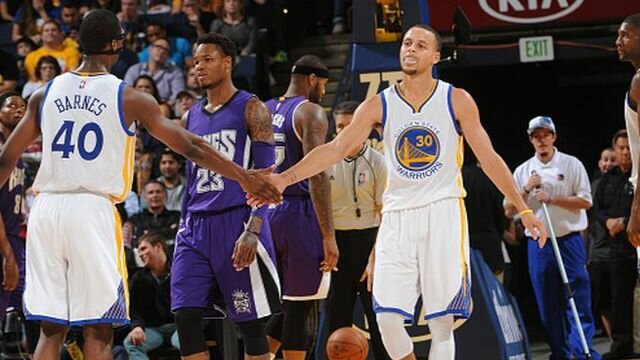
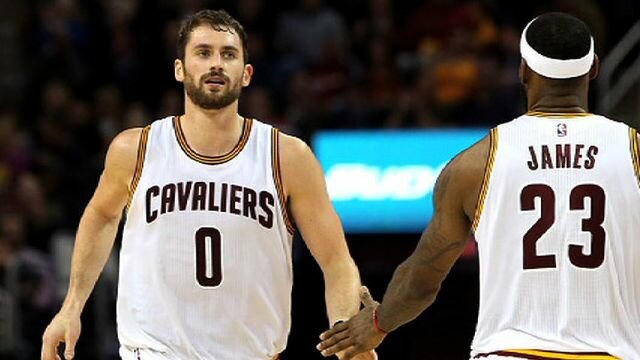
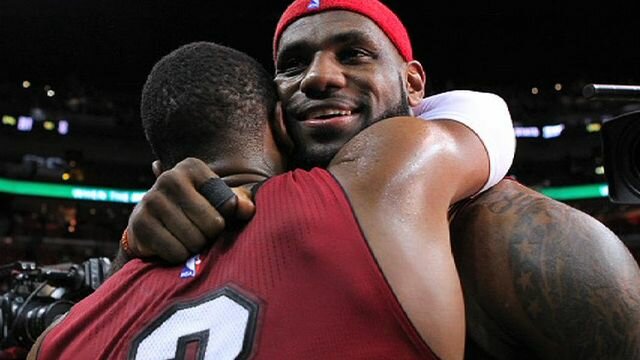
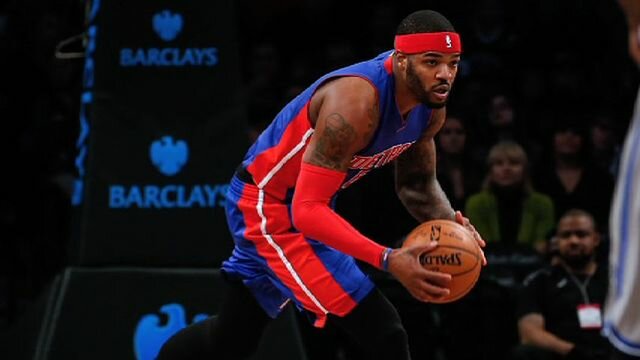
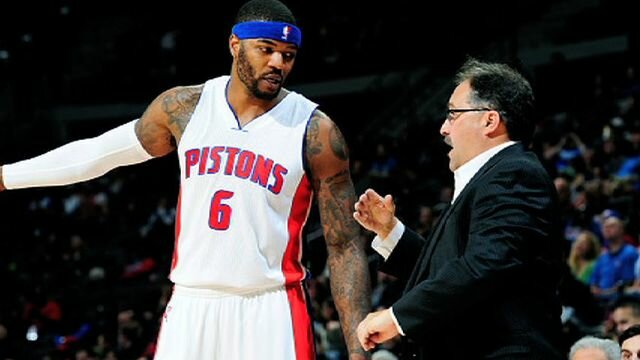
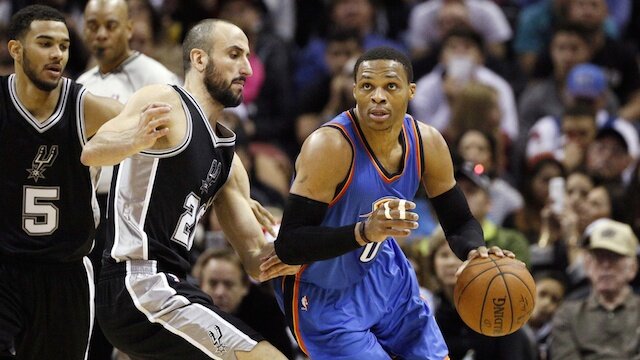
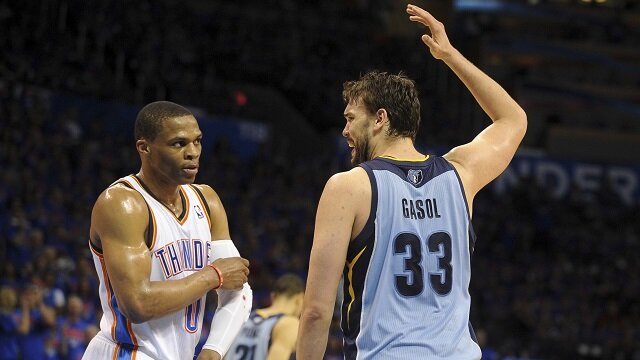
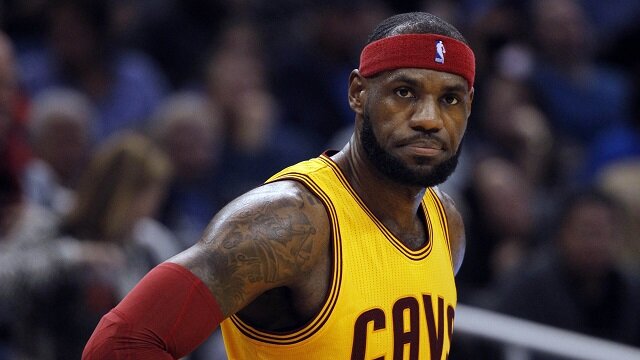
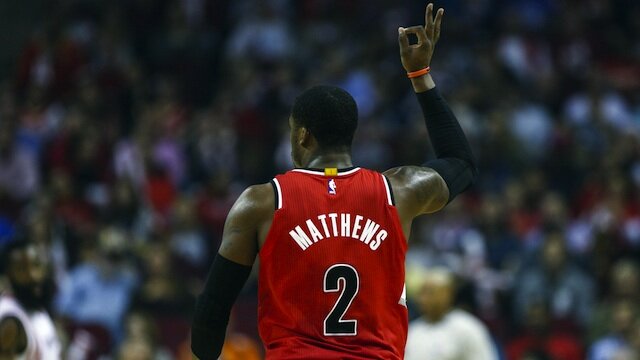
 @courtzierk
@courtzierk 

